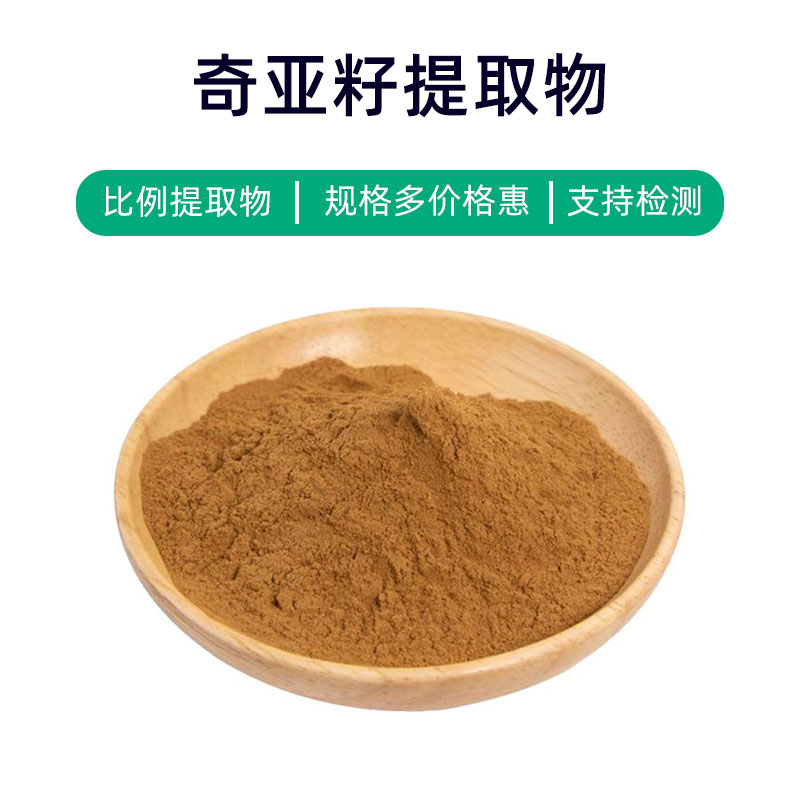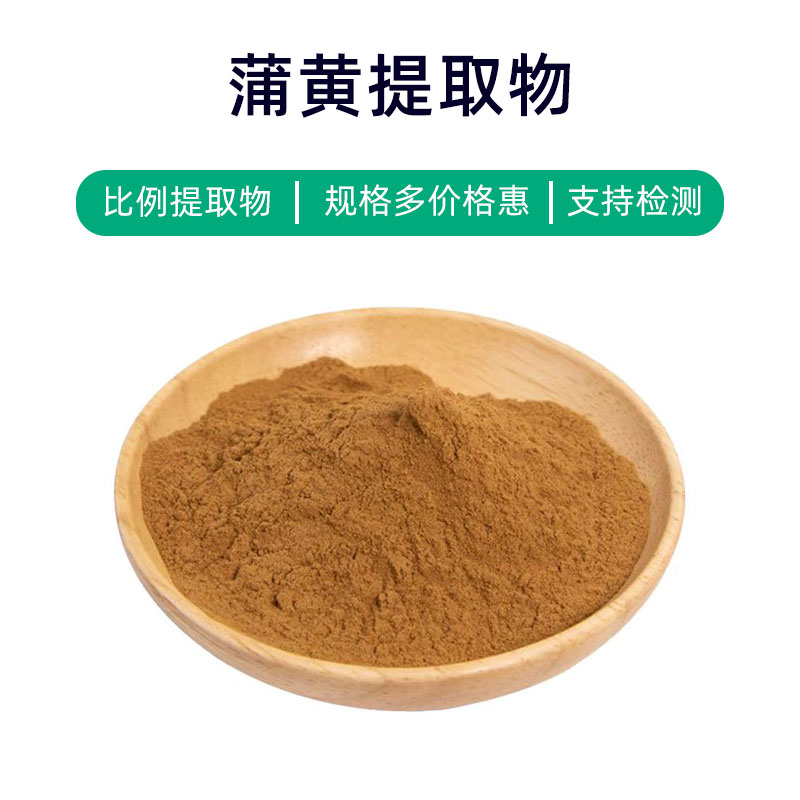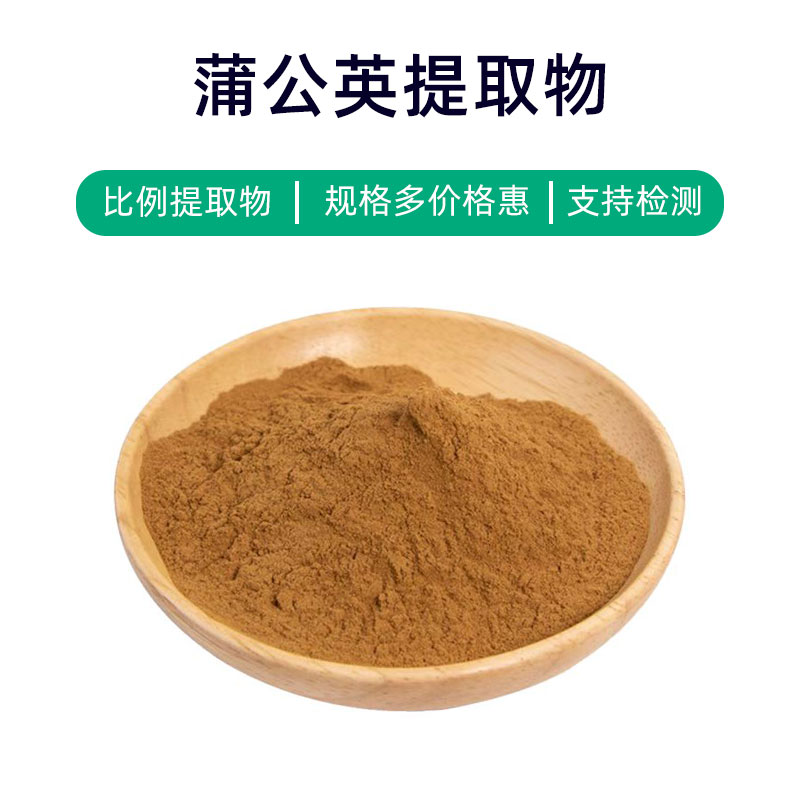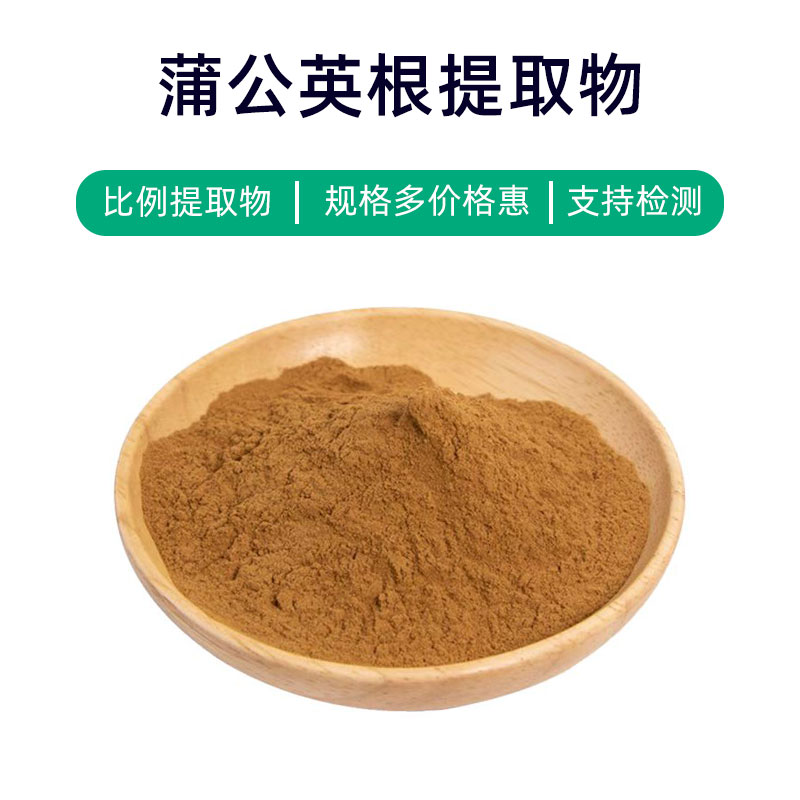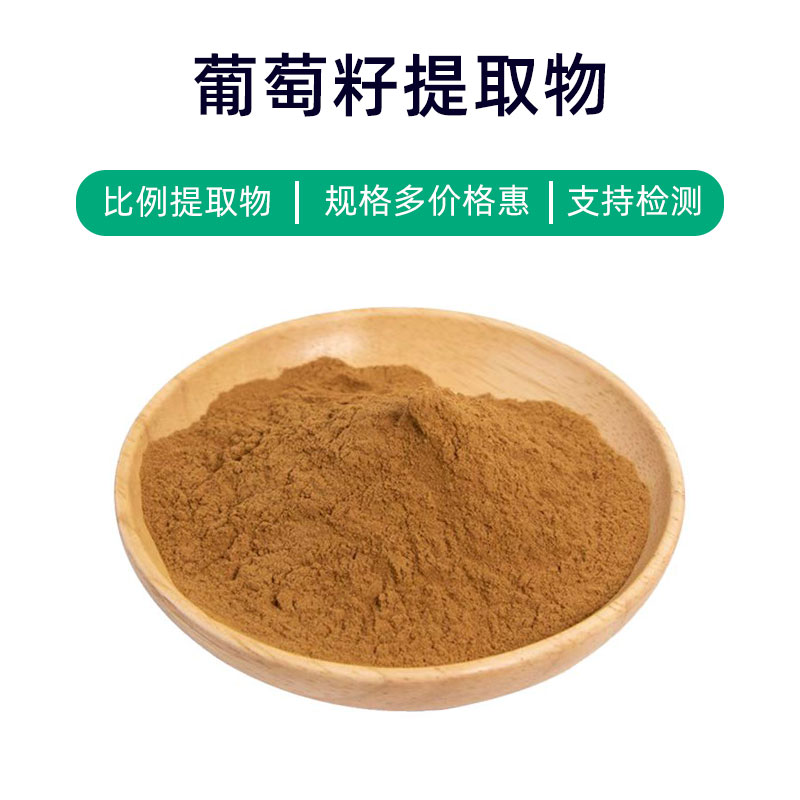Tongkat Ali Extract Product Introduction
Tongkat Ali Extract is a natural plant extract derived from the roots of Tongkat Ali (Angelica sinensis), with key active components including ligustilide and ferulic acid. These compounds give Tongkat Ali Extract various effects and applications.
Firstly, Tongkat Ali Extract is widely used in traditional Chinese medicine formulations to regulate blood circulation and promote the flow of qi and blood, helping improve discomfort caused by poor blood circulation.
Secondly, Tongkat Ali Extract has also gained attention in the health supplement industry, often used to nourish qi and blood, and to regulate menstrual irregularities in women. It is believed to alleviate menstrual discomfort, balance hormonal levels, and boost the immune system.
Additionally, Tongkat Ali Extract is commonly used in cosmetics, particularly in skincare and beauty products. Its natural medicinal ingredients nourish the skin, enhance its glow, and address issues like uneven skin tone, making the skin appear healthier and younger.
Overall, Tongkat Ali Extract, as a natural plant extract, has a wide application prospect in traditional medicine, health supplements, and cosmetics, with its primary benefits including regulating blood circulation, nourishing qi and blood, and normalizing menstrual cycles, making it a recognized natural health and beauty ingredient.
Tongkat Ali Extract Production Process
The production process of Tongkat Ali Extract typically involves the following steps:
- Raw Material Preparation: First, select high-quality Tongkat Ali roots, washing, sorting, and initial processing to ensure the material meets quality standards.
- Extraction: Place the treated Tongkat Ali roots in extraction equipment and employ suitable solvents for extraction. Common solvents include water, ethanol, or other organic solvents.
- Concentration: Concentrate the extracted liquid using concentration equipment to remove excess solvents and obtain a concentrated extract.
- Precipitation: Add appropriate precipitating agents to the concentrated liquid, causing active components to precipitate, forming a cloudy sediment.
- Separation: Separate the sediment from the solvent, typically using centrifugation or filtration equipment, to obtain the supernatant of the extract.
- Drying: Dry the supernatant of the extract using methods like spray drying, vacuum drying, or freeze-drying, converting it into powdered Tongkat Ali Extract.
- Grinding and Screening: Grind and screen the dried extract to ensure uniform particle size, meeting desired specifications.
- Packaging and Storage: Finally, package the processed Tongkat Ali Extract in moisture-proof and light-proof materials, storing it in a cool, dry environment, avoiding direct sunlight and high temperatures.
Through these steps, high-quality, stable Tongkat Ali Extract can be produced for use in pharmaceuticals, health products, and cosmetics.
Effects and Side Effects of Tongkat Ali Extract
As a natural herbal extract, Tongkat Ali Extract has various effects and actions, primarily including:
- Anti-inflammatory and Antioxidant Effects: Rich in active ingredients, Tongkat Ali Extract exhibits significant anti-inflammatory and antioxidant properties, helping to alleviate bodily inflammation and protect cells from oxidative stress.
- Immune Modulation: It can modulate immune system functions, enhance the body's resistance, and increase the activity of immune cells, helping to prevent and treat immune-related diseases.
- Antibacterial and Antiviral Effects: The active components in the extract possess certain antibacterial and antiviral properties, which may aid in treating infectious diseases such as respiratory and skin infections.
- Anti-tumor Activity: Some components in Tongkat Ali Extract are believed to have anti-tumor activity, inhibiting the proliferation and metastasis of cancer cells, assisting in cancer treatment.
- Cardiovascular Health: The extract has protective effects on the cardiovascular system, helping to lower blood pressure, improve blood circulation, and prevent cardiovascular diseases.
- Anti-aging Effects: The antioxidant components in Tongkat Ali Extract can scavenge free radicals, slowing down cellular aging, thus helping maintain youthful and healthy skin.
- Anti-diabetic Effects: Studies suggest that Tongkat Ali Extract may lower blood sugar levels and improve insulin sensitivity, offering certain supportive effects for diabetes management.
Despite its numerous benefits, caution is advised regarding potential side effects, such as allergic reactions in some individuals, and the impact of long-term high-dose usage on liver and kidney function. It is recommended to consult a physician or pharmacist before use, and to adhere to proper dosage guidelines to ensure safe and effective usage of Tongkat Ali Extract.
Applications and Dosage of Tongkat Ali Extract
Tongkat Ali Extract has extensive applications in the pharmaceutical, food, and cosmetics industries. Below are its applications and usage recommendations in these fields:
- Pharmaceutical Applications:
- Use: Tongkat Ali Extract is commonly used to prepare traditional Chinese medicine formulas or standalone preparations for treating inflammation, infections, and immune modulation.
- Dosage: Typically administered orally or topically. For oral use, it is generally recommended that adults take 1000-2000 mg per dose, 2-3 times daily; for topical application, it can be applied to affected areas multiple times a day as needed.
- Food Applications:
- Use: Tongkat Ali Extract can serve as a food additive, imparting functions like antioxidant, preservative, and antibacterial properties, thus extending the shelf life of food products.
- Dosage: Generally added as a natural additive, with the amount varying according to the type of food and production process; usage should comply with food industry standards.
- Cosmetic Applications:
- Use: With antioxidant, anti-inflammatory, and moisturizing effects, Tongkat Ali Extract is often included in cosmetic products like skincare and hair care items.
- Dosage: As one of the components in cosmetics, the amount added should be based on specific product types and formulations, following product guidelines for usage.
While Tongkat Ali Extract has a broad application range, attention should be paid to the following points during use:
- In pharmaceutical applications, it should be used according to medical advice, especially for long-term or high-dose usage;
- As a food additive, it must comply with relevant regulations and standards to ensure safe use;
- In cosmetics, adhere to product instructions to avoid adverse reactions from excessive use.
Overall, as a natural herbal extract, Tongkat Ali Extract holds potential and value across various fields, but specific dosages and applications should be determined based on product types, uses, and individual circumstances to ensure safe and effective use.
Introduction to the Source Plant of Tongkat Ali Extract: Distribution and Growth Environment
Tongkat Ali (scientific name: Gastrodia elata), commonly known as Tianma, is a well-known terrestrial orchid. Below is an overview of its source plant, distribution, and growth environment:
- Source Plant Overview:
Tongkat Ali is a perennial herb that primarily grows in moist areas beneath the forest canopy. Its underground tuber is saddle-shaped, with a firm texture, yellowish-brown surface, and numerous transverse ridges, rich in starch. - Distribution:
Tongkat Ali has a wide distribution, mainly found in Asia, particularly in China, Japan, the Korean Peninsula, and the Russian Far East. In China, it is distributed primarily in regions south of the Yangtze River, including provinces such as Hunan, Hubei, Anhui, Jiangxi, and Zhejiang. - Growth Environment:
- Geographical Environment: Tongkat Ali prefers shaded and moist environments, commonly found in valleys, forest edges, hillsides, and river valley wetlands.
- Climate Conditions: It has strong adaptability and can grow in warm and humid climate conditions, such as subtropical and temperate regions.
- Soil Requirements: Tongkat Ali has no strict soil requirements but prefers fertile, loose, well-draining soils, typically found in sandy loam, loam, and sandy soils.
The growth environment of Tongkat Ali significantly impacts its growth and development. A favorable environment contributes to the formation and quality of its underground tubers. In China, Tongkat Ali is commonly found in mountainous areas of the southern regions and is valued for its medicinal properties, garnering considerable attention.
Processing and Storage of Tongkat Ali Extract
The processing and storage of Tongkat Ali Extract are crucial steps to ensure its medicinal value and quality:
- Processing Methods: Common methods include drying, slicing, and grinding. Fresh Tongkat Ali tubers are first washed to remove impurities and then appropriately dried. Depending on needs, they can be sliced or ground into a powder for subsequent extraction and preparation.
- Extraction Process: To extract the effective components of Tongkat Ali, methods such as water extraction and ethanol extraction are commonly employed. A scientific extraction process can effectively isolate active ingredients like gastrodin.
- Storage: Tongkat Ali Extract should be kept in a cool and dry location, avoiding direct sunlight and high temperatures. During storage, moisture and mildew should be prevented; it is advisable to use well-sealed containers to prolong its shelf life.
- Precautions: During processing and storage, strict adherence to hygiene standards and operational procedures is vital to avoid cross-contamination and impurities. Regular checks on storage conditions and packaging status are recommended to ensure the long-term stability and efficacy of the product.
Monica Sun is a seasoned expert in the plant extraction industry with over a decade of experience in research and production. She specializes in the extraction and purification of plant active ingredients, focusing on driving innovation in natural product applications. Monica has participated in the development of multiple functional plant extracts, delivering high-value natural raw material solutions for the health food, pharmaceutical, and dietary supplement sectors.









